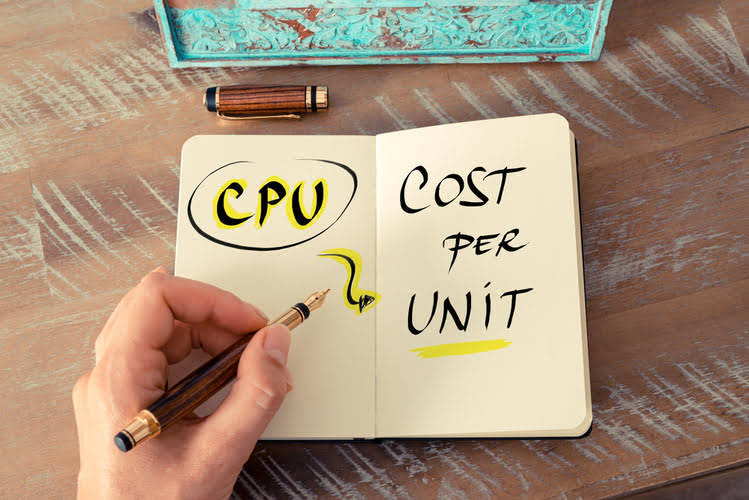Content

You can also sign up for email updates on the SEC open data program, including best practices that make it more efficient to download data, and SEC.gov enhancements that may impact scripted downloading processes. Liabilities – Current liabilities, long term liabilities and shareholder’s equity. A long-time period incapacity is damage or an illness that causes someone to not work for an extended time frame. Long-term disability insurance can pay the policyholder a portion of their authentic income.
The results reveal the company is in a very strong financial position and can easily meet all of its liabilities with its current asset base. Equity is what the owners get as profit after the firm pays off its outstanding liabilities for the period being reported. Understanding these classifications and their importance in a balance sheet is vital for gauging the financial health of a business, assessing liquidity and solvency, and aiding efficient financial decision-making.
The Advantages and Disadvantages of a Classified Balance Sheet
It can also be used for internal reporting where there’s no need for investor scrutiny, reports Accounting Tools. A classified balance sheet provides an organized view of all the information regarding a company’s assets, liabilities and equity of the company’s shareholders. Classifying the items of a balance sheet into subcategories makes the balance https://www.bookstime.com/online-bookkeeping sheet extremely useful and more readable than the simple formatting of all these accounts. The users of the classified balance sheet may find this aggregated information more worthy than that presented in an unclassified balance sheet. In both balance sheet formats, the three major sections are assets, liabilities and shareholders’ equity.
The Current Assets list includes all assets that have an expiration date of less than one year. The Fixed Assets category lists items such as land or a building, while assets that don’t fit into typical categories are placed in the Other Assets category. Both a classified and an unclassified balance sheet must adhere to this formula, no matter how simple or complex the balance sheet is. Please declare your traffic by updating your user agent to include company specific information. This breakdown allows the reader to determine when the company’s debts are coming due and if the company is generating enough revenue to meet its liabilities in time. For best practices on efficiently downloading information from SEC.gov, including the latest EDGAR filings, visit sec.gov/developer.
Shareholder’s equity:
The balance sheet is often called a snapshot in time because the data in it shows the reader how the company looks at the moment when the statement was prepared. Other financial statements cover time periods like a month, a quarter, or a year, but the balance sheet reveals the situation at a specific moment, i.e. An unclassified balance sheet lays out uncategorized short-term and long-term liabilities. Businesses use unclassified balance sheets to get fast and easy insight into their business performance. Managers and owners use unclassified balance sheets to gauge performance and business standings.
What are the two main categories on a balance sheet?
As an overview of the company's financial position, the balance sheet consists of three major sections: (1) the assets, which are probable future economic benefits owned or controlled by the entity; (2) the liabilities, which are probable future sacrifices of economic benefits; and (3) the owners' equity, calculated as …
A balance sheet is a financial statement composed of assets, liabilities, and stockholder’s equity. It is the financial statement that demonstrates the accounting equation is in balance. Similarly, liabilities are categorized into current and non-current or long-term liabilities. Current liabilities include obligations expected to be settled within a year, such as accounts payable and accrued expenses. Long-term liabilities, like long-term debt or lease obligations, are due beyond a year.
Long Term Assets and Liabilities
For instance, the assets section shows cash first, followed by the remaining assets. The liabilities section typically lists accounts payable then the other liabilities. Laying out all of these financial reports in an unclassified balance sheet will relieve you of the stress of trying to collect all of the information classified balance sheet from different sources. You can use a balance sheet template to consistently input liabilities and assets, so they’re all in one financial statement for that accounting period. A classified balance sheet separates both the assets and liabilities of your company into current and long-term classes.
